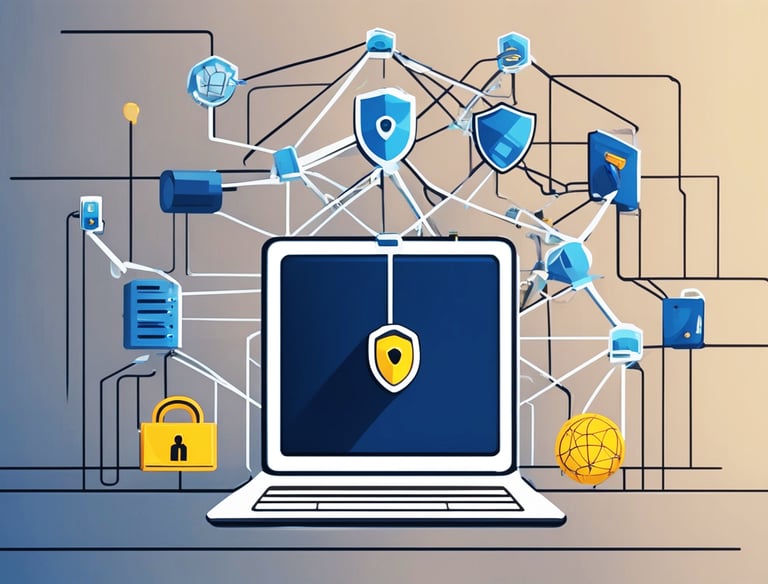At Compucare IT Corporation, we provide comprehensive IT services designed to help businesses operate more efficiently, securely, and productively. Our solutions are customized to meet the unique needs of your organization.
Managed IT Services

Managed IT services involve outsourcing the management, monitoring, and maintenance of an organization's IT infrastructure to a specialized service provider. These services help businesses enhance efficiency, improve security, reduce downtime, and focus on core operations while leaving technical challenges to experts.
Trending topics
Here are some trending topics in IT infrastructure that are shaping the industry in 2025
Hybrid Cloud and Multi-Cloud Architectures
Artificial intelligence (AI) is increasingly being used to manage IT infrastructure, particularly through AIOps (Artificial Intelligence for IT Operations). AIOps tools can monitor infrastructure health, predict potential failures, optimize resource allocation, and automate remediation processes.
Key Areas: Predictive analytics, automated issue resolution, capacity planning, infrastructure optimization.
Software-Defined Infrastructure (SDI)
Software-defined infrastructure is an approach to IT management where software controls the hardware, allowing for greater flexibility and automation in managing computing, storage, and network resources. This increases efficiency, reduces costs, and makes infrastructure more adaptable to changing business needs.
Key Areas: Software-Defined Networking (SDN), Software-Defined Storage (SDS), automation, orchestration.
AI-Driven Infrastructure Management
Artificial intelligence (AI) is increasingly being used to manage IT infrastructure, particularly through AIOps (Artificial Intelligence for IT Operations). AIOps tools can monitor infrastructure health, predict potential failures, optimize resource allocation, and automate remediation processes.
Key Areas: Predictive analytics, automated issue resolution, capacity planning, infrastructure optimization.
Edge Computing
With the rise of IoT and real-time data processing, edge computing is gaining significant traction. Edge computing allows data to be processed closer to where it is generated (such as at IoT devices or local data centers) to reduce latency, increase speed, and improve overall system performance.
Key Areas: IoT devices, real-time analytics, autonomous systems, low-latency applications.
5G Networks and Infrastructure
The rollout of 5G networks is transforming IT infrastructure by enabling faster, more reliable connectivity with lower latency. This is particularly important for industries requiring large-scale, real-time data processing, such as smart cities, autonomous vehicles, and industrial automation.
Key Areas: IoT growth, smart infrastructure, low-latency applications, mobile computing, real-time communication.
Infrastructure as Code (IaC)
Infrastructure as Code (IaC) is gaining momentum as part of DevOps practices. IaC allows infrastructure to be managed and provisioned through code, enabling automation, version control, and consistent configuration management across large, complex environments.
Key Areas: Automation, cloud-native deployments, containerization, CI/CD pipelines.
In the age of increasing cyber threats, Zero Trust Architecture is becoming essential for securing IT infrastructure. ZTA operates on the principle that no device or user is trusted by default, and access is continuously verified using identity, context, and behavior.
Key Areas: Continuous authentication, micro-segmentation, multi-factor authentication (MFA), least-privilege access.
Zero Trust Architecture (ZTA)
Cloud-Native Infrastructure
The shift toward cloud-native technologies is rapidly changing how businesses build and manage their IT infrastructure. Cloud-native infrastructure involves using microservices, containers (e.g., Docker), and orchestration platforms (e.g., Kubernetes) to improve scalability, resilience, and agility.
Key Areas: Microservices architecture, containerization, Kubernetes, cloud-native applications.
Sustainability is becoming a top priority for IT infrastructure, with organizations looking to reduce their environmental impact. Green IT involves optimizing energy efficiency, using renewable energy, and designing eco-friendly data centers. Sustainable infrastructure is critical to reduce costs and meet growing environmental regulations.
Key Areas: Energy-efficient data centers, renewable energy sources, carbon footprint reduction, e-waste recycling.
Green IT and Sustainable Infrastructure
Containerization and Kubernetes
Containerization and Kubernetes (container orchestration) continue to gain popularity in IT infrastructure. Containers provide a lightweight, portable way to deploy applications across environments, while Kubernetes simplifies the management and scaling of containerized applications.
Key Areas: Containerization, microservices, Kubernetes, DevOps.
NFV is reshaping how networks are designed and managed by virtualizing traditional network functions such as firewalls, routers, and load balancers. This reduces reliance on hardware, improves scalability, and allows network functions to be deployed and managed with software.
Key Areas: Virtualized networks, automation, dynamic scaling, reduced hardware costs.
Network Function Virtualization (NFV)
Automated Infrastructure Provisioning and Management
Automation is revolutionizing how IT infrastructure is provisioned and managed. Through tools like Ansible, Terraform, and Chef, IT teams can automate everything from server provisioning to network configurations, reducing human error and enhancing operational efficiency.
Key Areas: Automation tools, configuration management, provisioning, self-healing infrastructure.
Data Center Modernization
Organizations are focusing on data center modernization to increase efficiency, reduce costs, and meet the demands of digital transformation. This involves upgrading legacy systems, integrating cloud services, and adopting newer technologies such as software-defined networking (SDN) and hyper-converged infrastructure (HCI).
Key Areas: Hyper-converged infrastructure, cloud integration, legacy system modernization, data center consolidation.
Resilient and Redundant Infrastructure
Building resilient and redundant IT infrastructures is essential for minimizing downtime and ensuring business continuity. This involves using multiple data centers, redundant power sources, and failover systems to create highly available systems that can withstand disruptions.
Key Areas: High availability, disaster recovery, backup solutions, geo-redundancy.

Current Trends in Networking
Here are the key areas for trending topics in networking, highlighting where businesses, professionals, and technologies are focusing their efforts in 2025.
🛜Next-Generation Wireless Networks


5G and 6G Networks:
The implementation of 5G technology continues to transform how businesses and consumers interact with networks, delivering ultra-low latency, faster speeds, and enhanced capacity. Looking forward, 6G is emerging as a research focus, aiming to provide even faster speeds and integrate more advanced technologies like AI and quantum computing.
Wi-Fi 6 and Wi-Fi 6E:
The introduction of Wi-Fi 6 and Wi-Fi 6E is improving wireless network capacity, speed, and performance in crowded environments, especially in enterprises and public spaces.
Private 5G Networks:
Companies are increasingly investing in private 5G for dedicated, high-performance wireless networks with enhanced security and control.


☁️Cloud Networking
Cloud-Native Networking: As businesses move to cloud-first strategies, cloud-native networking solutions are designed to optimize network connectivity in cloud environments, supporting hybrid and multi-cloud architectures.
SD-WAN (Software-Defined WAN): SD-WAN continues to gain popularity by optimizing wide-area networks for cloud services, improving performance and security while reducing costs.
Edge Computing and Cloud Integration: Networks are moving towards decentralized architectures with edge computing, ensuring data processing closer to the source to reduce latency and bandwidth usage.
Zero Trust Architecture: The Zero Trust security model assumes no entity, inside or outside the organization, should be trusted by default. This approach is gaining traction as a fundamental cybersecurity principle for protecting enterprise networks.
Network Security Automation: Increasing use of AI and machine learning to detect and mitigate security threats in real-time, analyzing network traffic for potential risks and automating responses.
Cybersecurity Mesh: A distributed security framework that enables organizations to secure all edges and endpoints of the network, providing more flexible and scalable protection.
🕸️Network Security
🤖AI & Machine Learning in Networking


AI-Powered Network Management: Artificial Intelligence and Machine Learning (AI/ML) are being applied to optimize network performance by dynamically managing resources, predicting network failures, and automating troubleshooting.
AI for Security: AI-driven cybersecurity solutions use machine learning algorithms to detect anomalies, predict potential breaches, and respond to threats automatically, improving network protection.


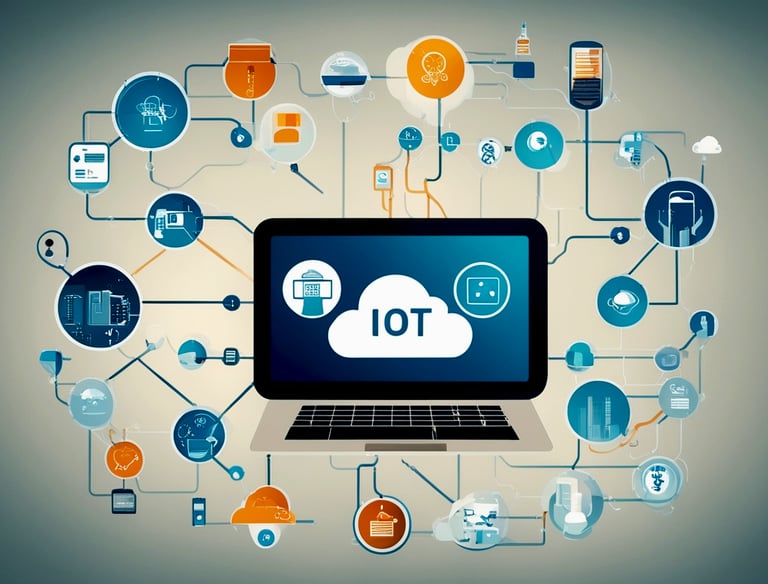

👩🏼💻Software-Defined Networking (SDN)
Network Virtualization: SDN allows for network flexibility by abstracting the control plane from the data plane, enabling centralized control and management. It's often used alongside Network Function Virtualization (NFV) to reduce dependency on physical hardware.
Network Automation: SDN simplifies network provisioning and management through automation, ensuring that businesses can scale efficiently without requiring manual intervention.
Scalable IoT Networks: With the increasing number of connected devices, IoT networks must scale to handle massive amounts of data, requiring improved network architectures that ensure reliability, security, and low latency.
IoT Security: As more devices connect to the network, the importance of securing these devices becomes critical. Securing IoT networks involves protecting endpoints, controlling data flows, and preventing unauthorized access.
🌐Internet of Things (IoT) Networking



🖧 Network Slicing (5G Networks)
Virtualized Networks for Specific Use Cases: Network slicing is a key feature in 5G that allows mobile network operators to create virtualized, independent slices of a physical network, each optimized for different services, such as IoT, smart cities, autonomous vehicles, and more.
Customizable Bandwidth & Latency: By allocating dedicated network resources, companies can offer tailored services to meet the specific needs of their customers.


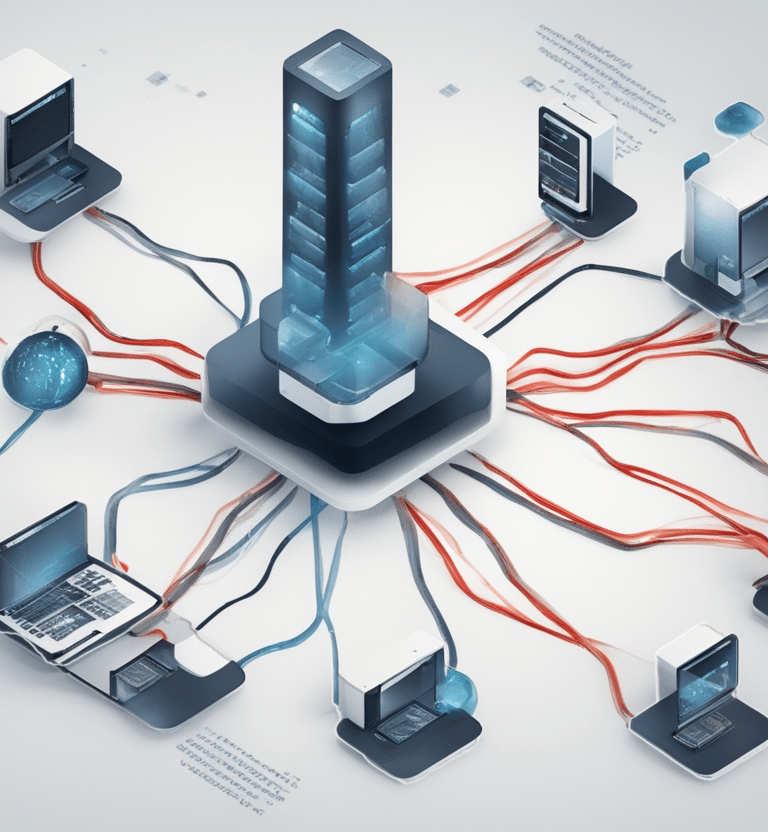

🖧 Quantum Networking
Quantum Key Distribution (QKD): Quantum networks are focused on ultra-secure data transmission using quantum cryptography. QKD enables secure communication over long distances by detecting eavesdropping in real-time.
Quantum Networking for the Future: Researchers are exploring how quantum entanglement and quantum teleportation might be used to transmit data securely across networks with unprecedented speed and reliability.
🖧 Network Performance Optimization
Network Traffic Management: Techniques such as traffic shaping, load balancing, and prioritization are being used to ensure that applications and services are delivered efficiently without compromising performance.
Latency Reduction: With applications like cloud gaming and video streaming becoming mainstream, reducing latency in networks has become a critical concern. Edge computing plays a pivotal role in addressing this by processing data closer to the source.
Blockchain and Distributed Ledger Technology (DLT) in Networking
Decentralized Networking: Blockchain technologies are being explored to create secure, decentralized networks, providing transparent, tamper-proof records of data and communications.
Secure Data Exchange: Blockchain is being leveraged to improve the security of data exchange between devices, offering greater integrity, authentication, and traceability.
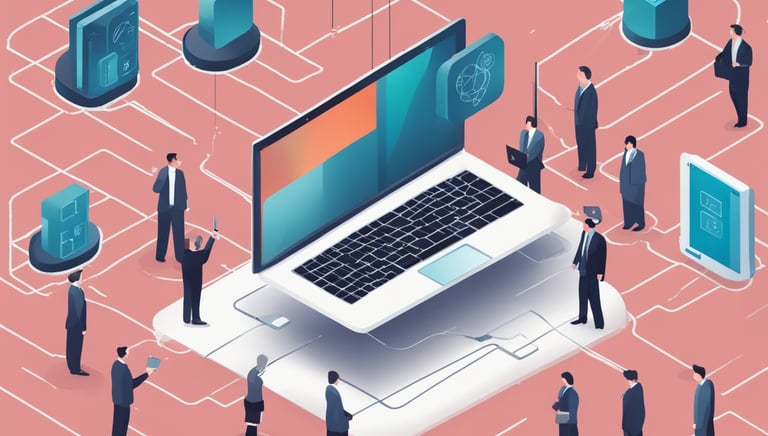

Network Resilience and Disaster Recovery
Business Continuity: With the increase in cyber threats and natural disasters, ensuring network resilience is essential. Organizations are implementing more robust disaster recovery and business continuity plans to minimize downtime and ensure rapid recovery from disruptions.
Redundant Network Paths and Failover: To prevent outages, networks are becoming more resilient through redundant network paths and automatic failover systems that can instantly redirect traffic in the event of a failure.




Network Automation Tools: Tools like Ansible, Puppet, and Terraform are gaining traction in automating network configurations, provisioning, and management tasks, helping to reduce human error and improve efficiency.
Network Orchestration: The automation of network processes from provisioning to monitoring, ensuring the network adapts dynamically to the needs of the business.
Automation and Orchestration
These key areas reflect the current and future directions that the networking industry is heading towards, with a significant focus on flexibility, security, performance optimization, and cutting-edge technologies like AI, 5G, and quantum networking. Staying up-to-date on these topics will be critical for professionals looking to future-proof their skills and organizations.

At CompuCare IT, we specialize in providing advanced, scalable, and dependable Managed IT solutions designed to optimize IT infrastructure for businesses of all sizes. Whether you need a new server setup, cloud hosting, or ongoing server management, our expert team is dedicated to delivering high-performance, tailored solutions that align with your unique requirements.
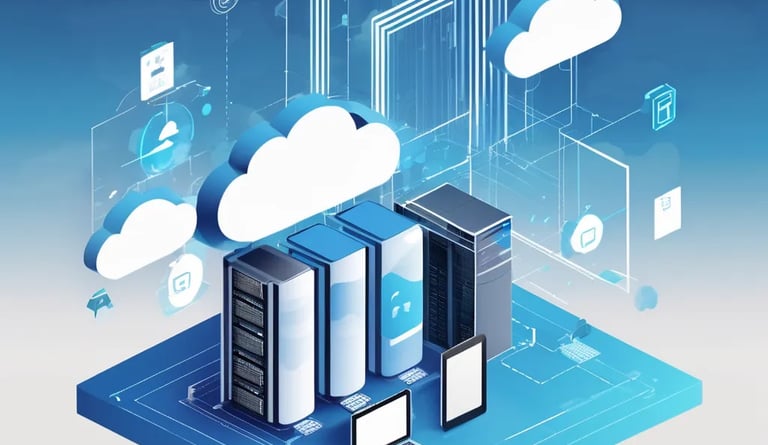

Cloud Solutions
Cloud Solutions to Enhance Flexibility, Scalability, and Collaboration for Your Business.
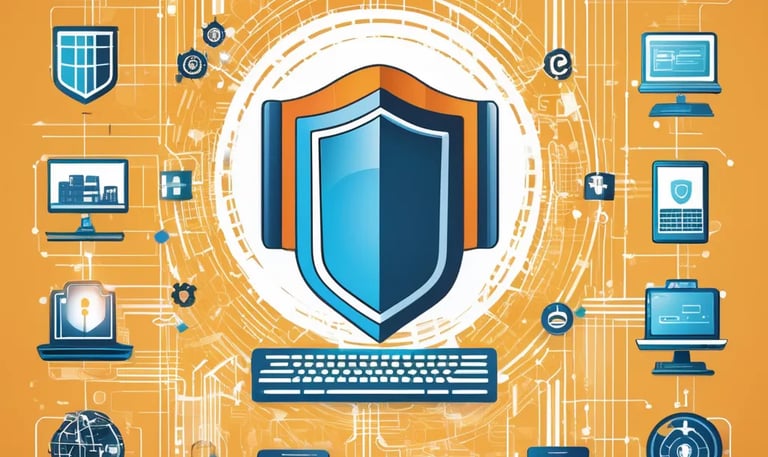

Cybersecurity Solutions
Comprehensive Cybersecurity Solutions to Safeguard Your Business Against Evolving Threats and Ensure Data Protection.




Software Development
Custom Software Development to Create Tailored Solutions that Drive Innovation and Streamline Your Business Processes.
IT Consulting
Expert IT Consulting to Guide Your Business in Making Informed Technology Decisions and Achieving Strategic Goals.
Our expert team is committed to providing high-performance solutions.


Data Analytics
Data Analytics Services to Unlock Valuable Insights, Drive Informed Decisions, and Fuel Business Growth.
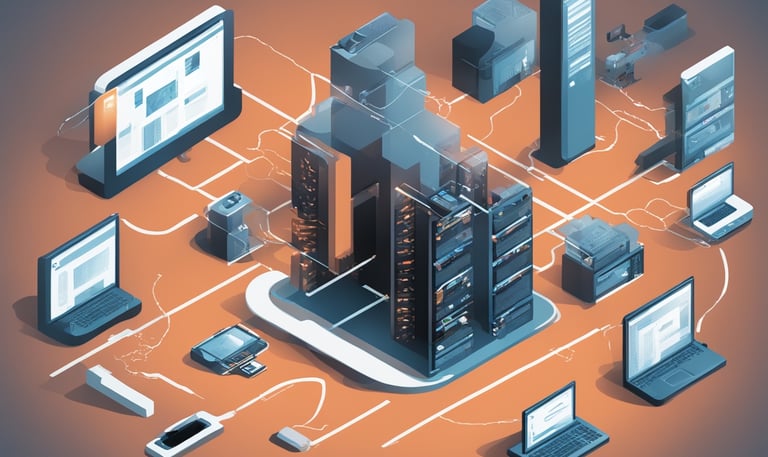

Customized IT infrastructure
Compucare IT Corporation. specializes in providing customized IT infrastructure solutions tailored to meet the unique needs of businesses.


Enterprise server solutions
Powering Your Business with Scalable, Secure, and High-Performance Infrastructure.
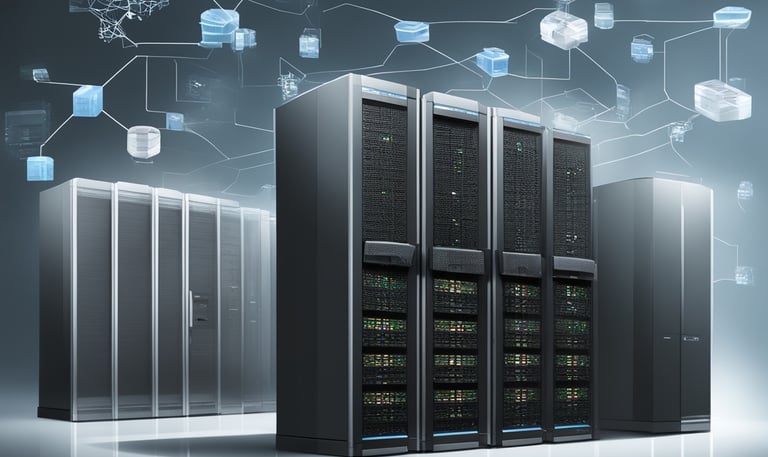


Projects
Terms and conditions
Online store
Testimonials
Customized Sever Solutions
Hardware & Software
Data Center Cloud Solutions

